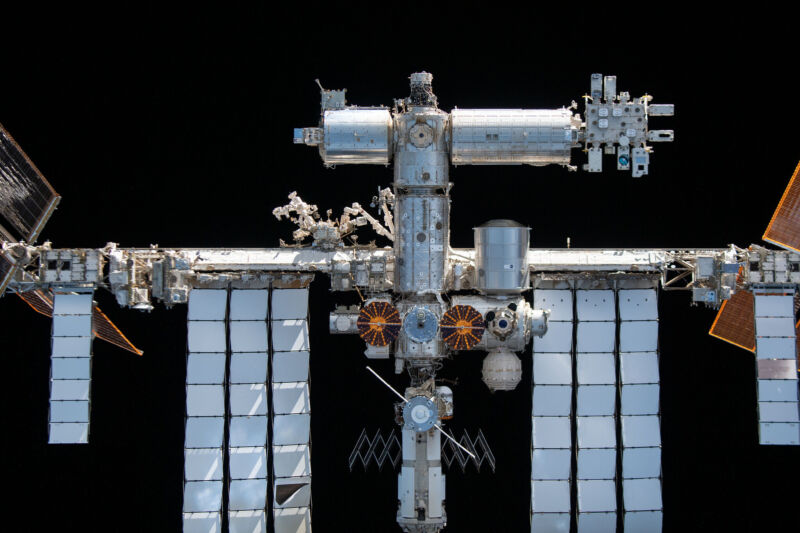
Enlarge / The International Space Station, as seen in November 2021. Prominent at center in this view are the cymbal-shaped UltraFlex solar arrays of the Northrop Grumman Cygnus space freighter. (credit: NASA)
The International Space Station is now more than two decades old. And while primary construction of the orbiting laboratory ended a little more than a decade ago, before the retirement of NASA's space shuttle, the station has continued to evolve with smaller modules and an ever-changing array of visiting spacecraft.
Over this time the station has begun to show its age, being exposed to the extreme hot and cold temperatures of space, a vacuum environment, and micrometeoroid debris. For more than 20 years, these harsh conditions have worn on the station, inducing stress fractures and other damage.
Following the space shuttle's retirement in 2011, NASA lost the ability to fly humans around the station to catalog these changes with highly detailed photographs. But thanks to the emergence of SpaceX's Crew Dragon vehicle, astronauts have started circumnavigating the station once again after undocking and before heading home.
No comments:
Post a Comment